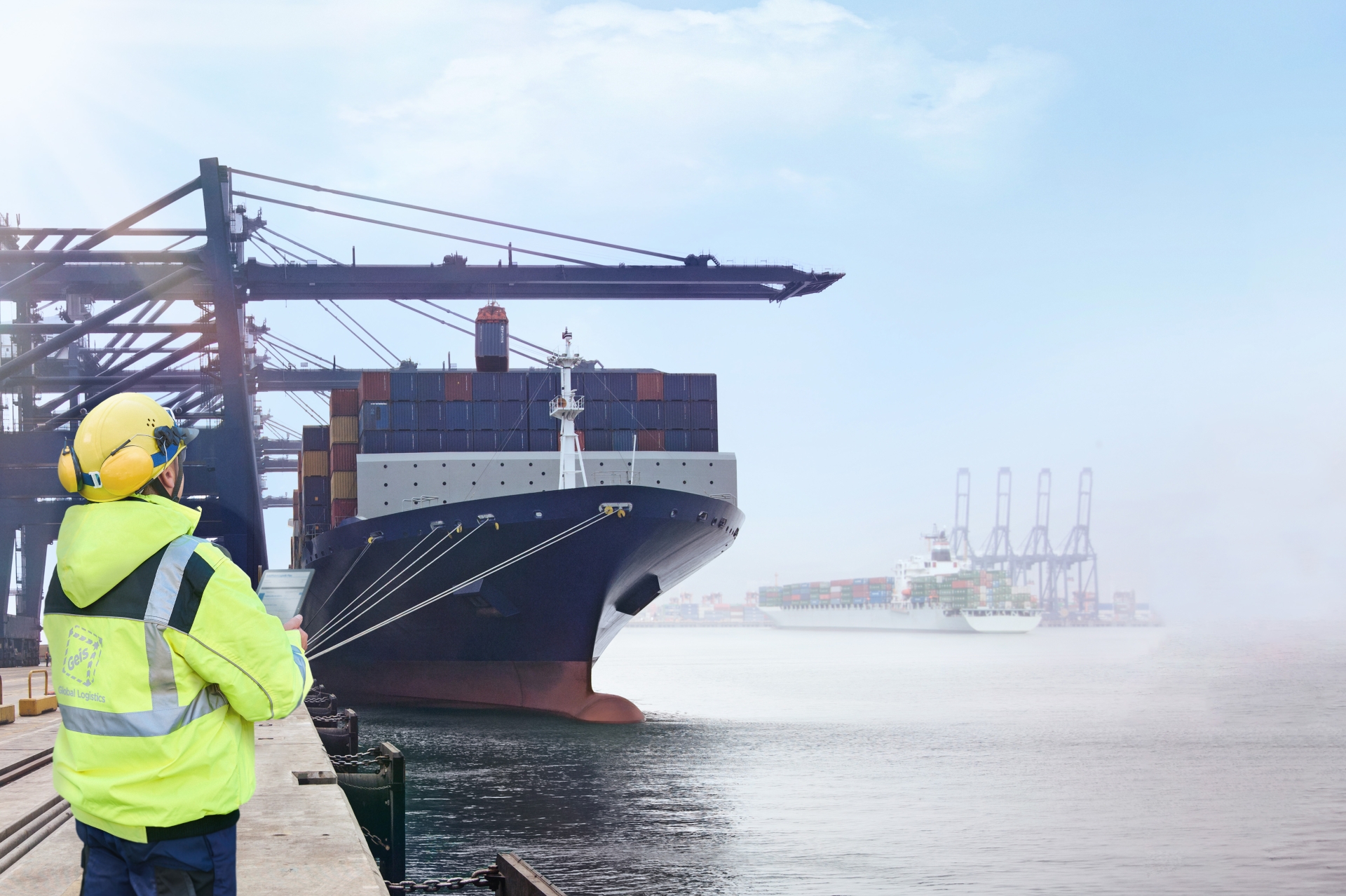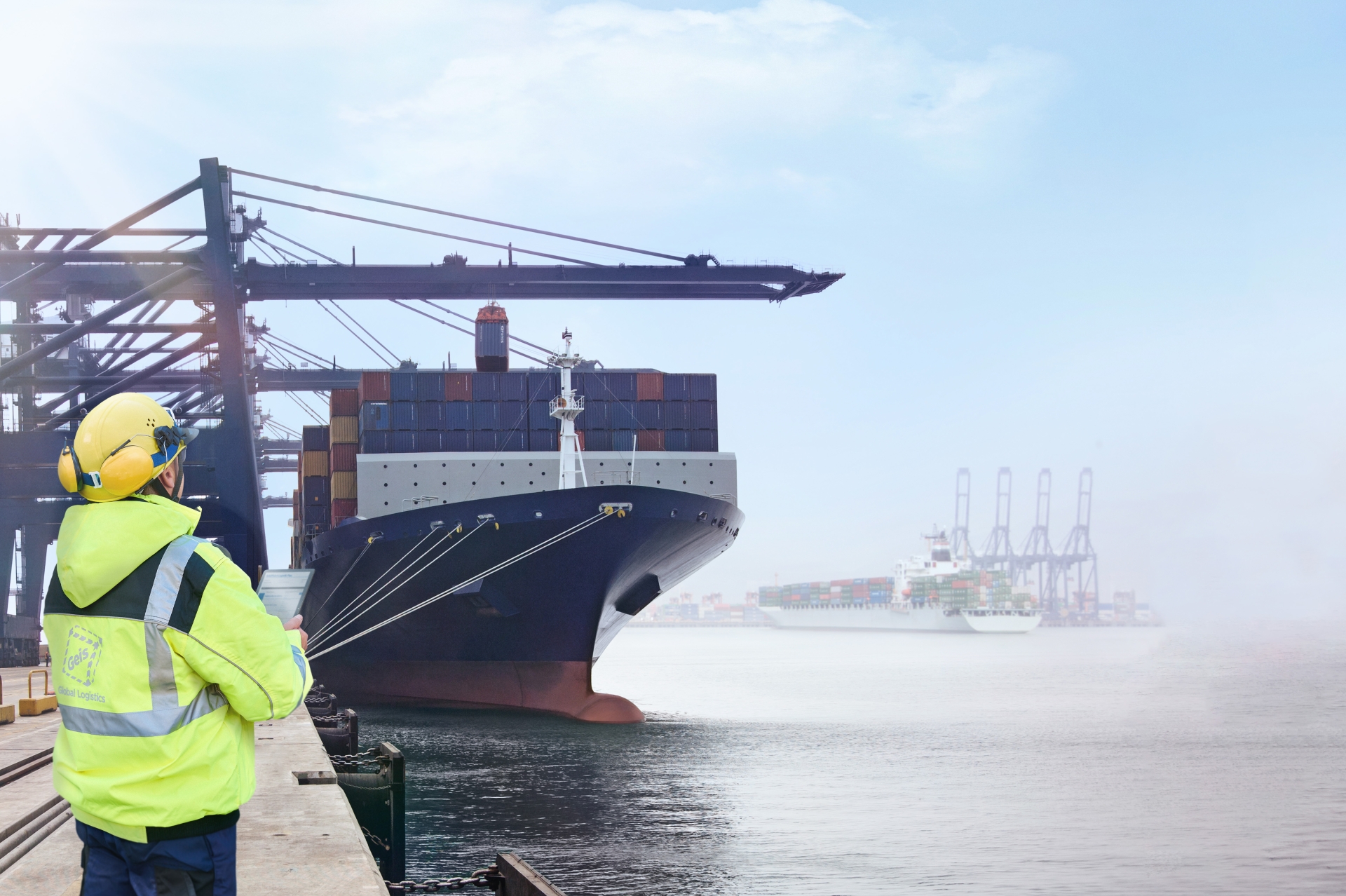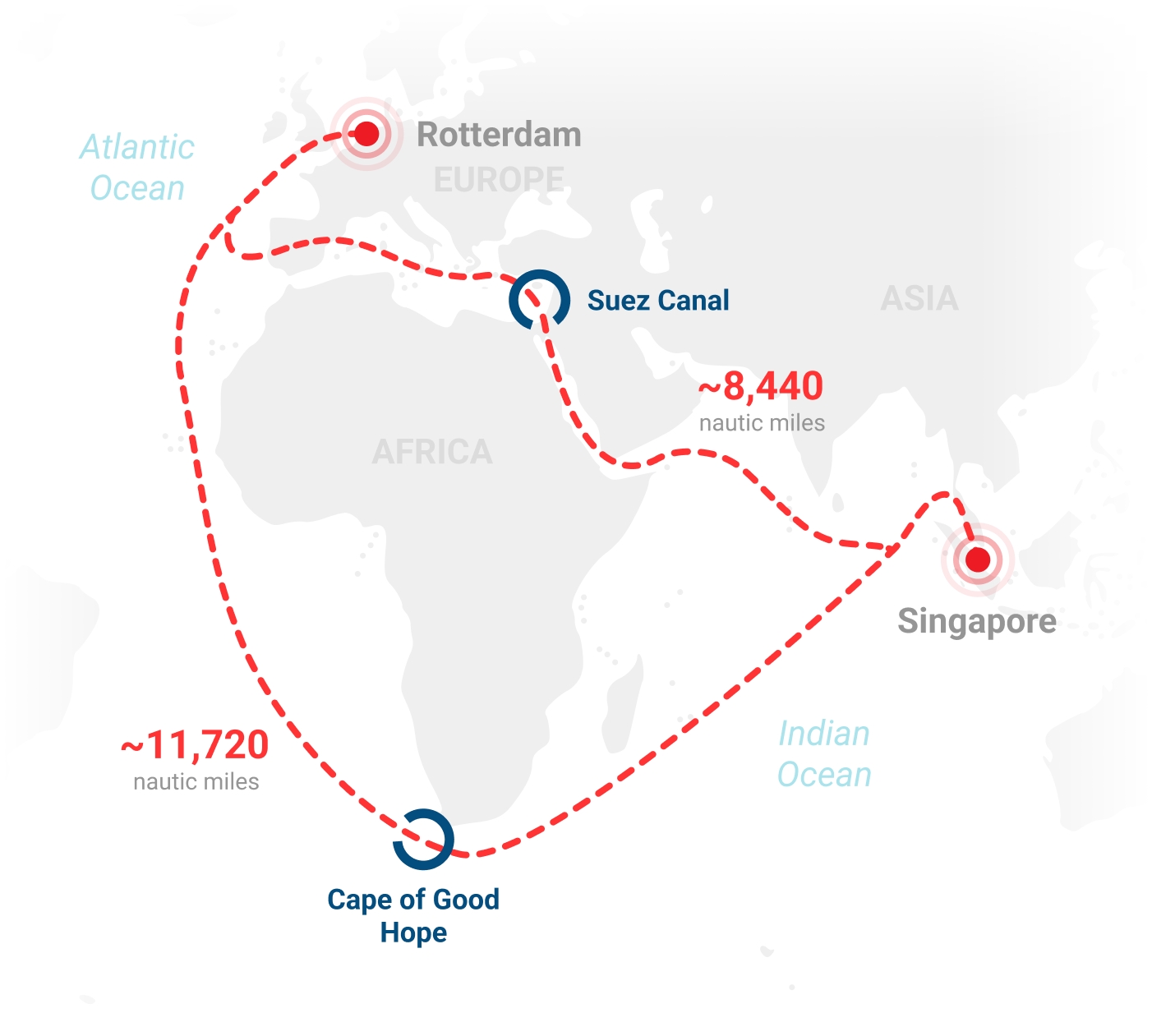
Transport between Asia and Europe adapts to current challenges
International freight transport between Asia and Europe is again facing significant challenges after a short period of calm following the pandemic. Although sea transport has long been a stable mainstay of global trade, after years of covid, it is now facing a Red Sea crisis, congested ports and rising prices. What is causing this situation and what can be expected in the coming months? Martin Tokič, Branch Manager of Geis CZ Air+Sea, commented on this.
Shipping: the return of problems
Sea transport has always played a key role in the European economy, with almost 90% of the European Union's external trade taking place by sea. However, what once functioned as a stable pillar of global trade has faced unpleasant challenges in recent years. Following the covid shocks and the subsequent brief calming of the situation, a new wave of difficulties is affecting the entire logistics from Asia to Europe.


One of the main problems is the crisis in the Red Sea, where, towards the end of 2023, the Houthis began attacking cargo ships passing through the Suez Canal. Martin Tokič, Branch Manager of Geis CZ Air+Sea, describes the situation: "As a result, most ships have chosen to sail around South Africa's Cape of Good Hope, extending the voyage by around two weeks and significantly increasing operating costs." This confusion has led to the rerouting of ship routes and a sharp increase in spot freight rates amid increased market volatility. Rising freight rates, which usually only rise before the Christmas season, started much earlier this year.

"In addition, extended routes are causing ships to return to Asian ports later. This leads to a shortage of empty containers, which together with increased demand causes longer waiting times for ships to load and an overall worsening of the situation in congested Asian ports, especially in Singapore, " Tokič summarises.
Although 1.67 million mTEUs of newbuildings have entered service this year and another 1.47 million mTEUs are expected to be delivered before the end of the year, the lack of capacity in international shipping remains a problem.
European ports are also facing overcrowding, mainly due to the unexpected arrival of more ships and the additional influx of Chinese electric cars, for which there is not yet sufficient demand in Europe.
Rail transport: stability and speed as an alternative
In response to the problems in sea transport, rail transport is seeing an increase in demand. This alternative offers not only comparable prices but, above all, faster transit times - often half that of sea freight. Moreover, despite partial problems, rail transport remains stable and less prone to unexpected disruptions.
For clients who do not want to transport goods via Russia, there is a southern route via the Caspian Sea, Turkey and on to Europe. Tokič says: "While rail cannot fully replace sea transport capacity, it is a solid solution in situations where sudden disruptions or delays at ports need to be addressed."
Air transport: airspace under pressure from e-commerce giants
Air freight, particularly imports from Asia, is also seeing increased pressure on capacity. Global ecommerce players such as Amazon, Temu and Shein dominate up to 70% of export air freight from Asia, leaving less room for other goods and putting pressure on prices. While some airlines are trying to increase the number of flights, the high demand from these giants, coupled with the shipping situation, continues to affect the overall availability of air freight.
In conclusion...
The current situation in international freight transport highlights the fragility of global logistics and the profound impact of regional instability on the global economy. Although the outlook for the remainder of the year is uncertain, demand for shipping is expected to remain strong, which will continue to affect the price and availability of shipping services.


